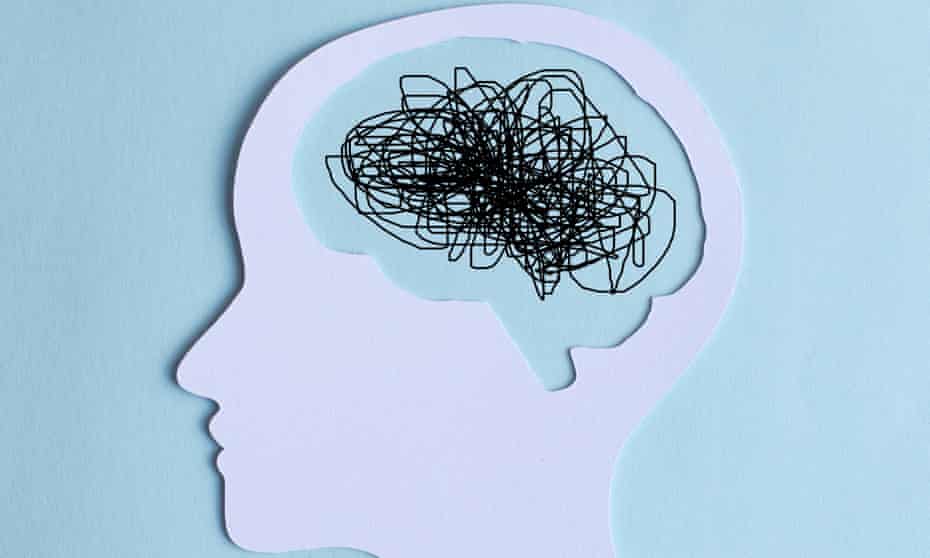Eva Wiseman: Can migraines be untangled by new medical thinking?

How much do I know about migraine, Dr Goadsby asked politely, and I took a moment to consider. On one hand, too much. I have one now, I said. I’ve had them regularly since I was a child, an early memory being the evening I found I could no longer read a book and thought, oh well, nice while it lasted. A couple of years ago I was diagnosed as having had a series of strokes when I developed a blind spot in my right eye and later found that blind spot to be a “persistent aura”, the scintillating light that typically arrives at the beginning of a migraine, but in my case, never left. I have become so accustomed to breathing through headaches that I was reassured when I first felt labour pains – I knew this agony, I had survived it monthly. But on the other hand, I know very little. Something to do with blood vessels? Chocolate?
“Everything you’ve said so far,” he replied, “is unfortunately a very common experience. And that’s what is extraordinary to me. I mean, it’s extraordinary, isn’t it? That you, who seem like not a completely crazy person at all,” thank you, “have managed to go through life not really being focused on that pain. People accept their own normality, is my conclusion.”
He tells a story. Aged 17 in Sydney, Goadsby went to get his learning permit before starting driving lessons, but when asked to read the chart on the wall, he couldn’t make out even the largest letters. His mum told him he’d hurt his eyes from studying too hard and a few weeks later he returned, but still couldn’t read the letters. “I always thought I was normal, and then I got glasses. I wouldn’t consider myself stupid, maybe a bit… self-contained. But I realised it’s easy to have something that’s profoundly not normal and not really notice. So I was never surprised when people with headache didn’t recognise what was going on.” Though a billion people suffer from migraine (190,000 migraine attacks are experienced every day in England alone), it often takes a drastic change, like my sight failing, for them to seek treatment.
“It doesn’t matter how severe someone says a headache is – from a broad societal perspective, the thing that really counts is what the headache stops them doing. It’s the disability side of things, because people with migraine are in a very productive demographic. I remind my colleagues and any funders who care to listen, that migraine is a disorder of taxpayers.” It’s an argument that works. “Migraine is finally having its time.”
Though he brushes off the claim with gentle modesty, this is in a large part due to Goadsby’s pioneering research. “It’s due to technology really,” he insists. Two hundred years ago, he offers as an example, people with epilepsy would have been burned at the stake as witches. “So when you think about migraines, which are more complex than most other neurological problems in the sense that there’s no apparent marker – I can look at you, but can’t tell you’ve got migraine – brain imaging is crucial. You can image people’s brain during an attack and it shows differences. That focuses the mind. And specific treatments have been helpful in this regard. If you’ve got a treatment that’s for migraine, that implies migraine must be a thing. Whereas if the treatments are nonspecific,” because in the recent past, people with migraine have been prescribed drugs created to treat other things, like depression or epilepsy, “perhaps it’s not. As that technology has evolved – imaging, genetics, pharmacology, research time – that’s given migraine a leg up.”
https://www.theguardian.com/society/2021/oct/09/can-migraines-be-untangled-by-new-medical-thinking


Comments
Post a Comment